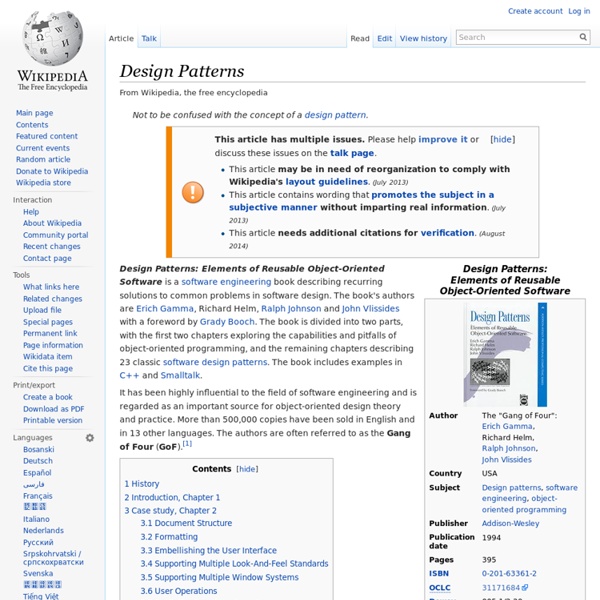Design Patterns

How to build your own Linux distro
Since Manchester University's Owen Le Blanc released MCC Interim Linux (generally agreed to have been the first Linux distribution), way back in 1992, there have been hundreds of ways to get the world's favourite free software operating system on to a computer. The diversity of alternatives reflects the diversity in the development community, with distros split along technical, functional, linguistic and even ideological lines. There have been large distros, tiny ones, bleeding edge and rock-solid stable distros. Easy for the newbie to install, or downright impenetrable to the uninitiated. Created exclusively with free software as a badge of pride, or so proprietary in attitude that not even the toolchain was fully GNU (hello Red Flag Server 4.1, built with the Intel compiler in 2004). So with all the variety that's already out there, why would anyone want to create their own distro? What this amounts to is that it doesn't take much to warrant a new distro. Which base? The simple choices
Related:
Related:



